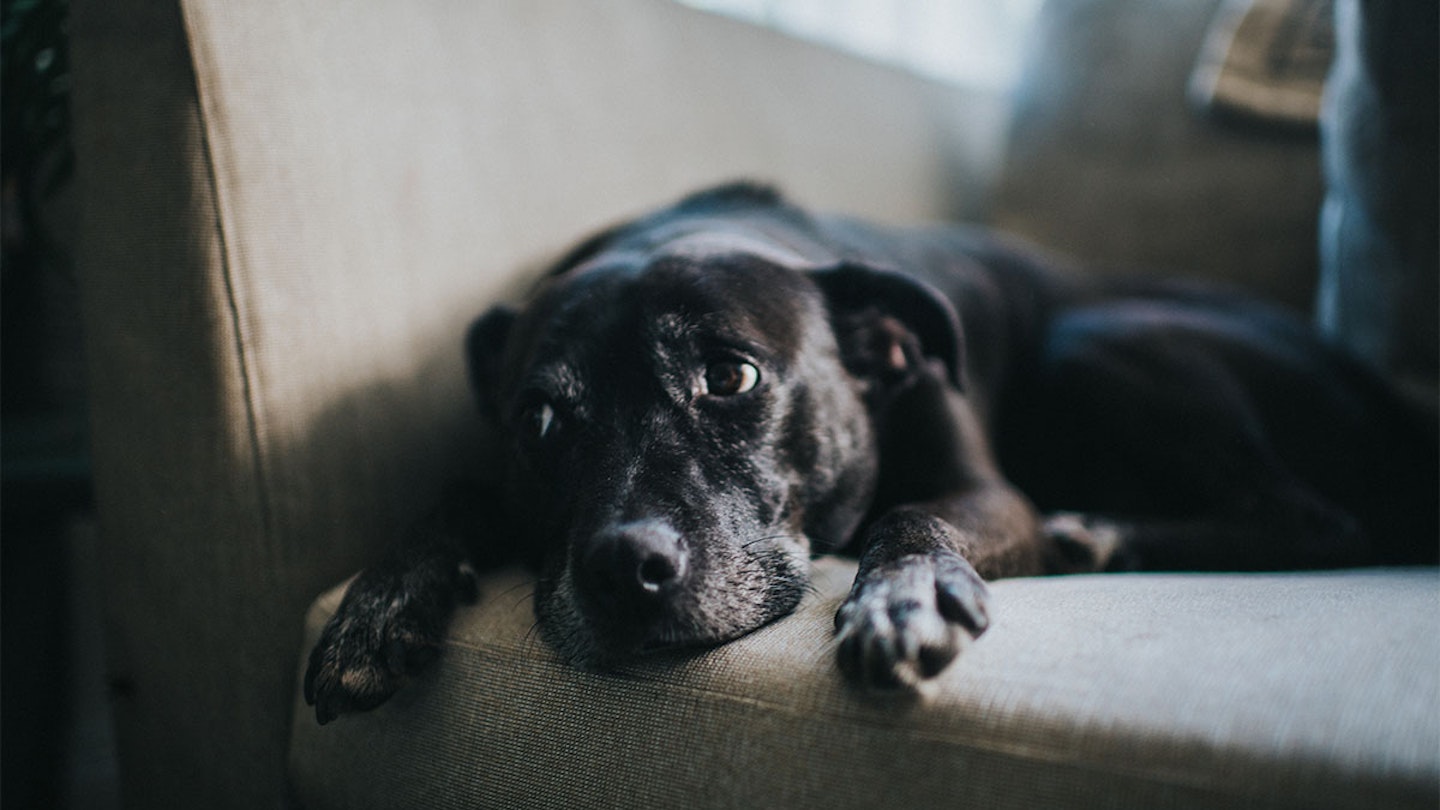If you’ve been scrolling on social media lately, you’ve probably noticed an increasing number of dogs are being stolen. For dog owners and dog lovers, this is a heartbreaking reality that is very sadly on the rise, with the missing pets website, Dogs Lost reporting a 170 per cent increase in the number of dogs being lost or stolen since the start of the pandemic.
This figure is shocking, and anyone with a pet will understand how traumatising it must be to not know where your four-legged friend is, and whether or not they are healthy and safe.
As many of us are now able to work from home and have the time for a pet, the demand for dogs has risen, and the price of a puppy has never been higher. Becky Thwaites, Head of Public Affairs at national pet charity Blue Cross, said: “The overwhelming demand has turned dogs and puppies into commodities with prices surging into thousands and people prepared to pay serious money for them.
“Where responsible breeders have been stopping, or reducing breeding due to concerns over being able to find the right homes, and rescue charities unable to fulfil the demand, criminals have been filling that gap and cashing in any which way they can on this surge in prospective owners looking for new pets.
“Individuals or organised groups could look to potentially steal any dog, no matter how old, if they think they could make some profit from it.”
Dog thieves can steal dogs for a number of reasons. Some do it for breeding purposes, as many pedigree dogs can fetch up to £3,000 per pup - that can equal over £20,000 for one litter. Others steal dogs to claim the reward that many owners can offer in desperation.
That’s why, as a nation of dog lovers, we need to be aware of how we can keep our dogs safe from theft.
How can I prevent my dog from being stolen?
It might surprise you, but the most common place a dog can be taken from in their owners garden. Other places criminals target are parks, and also in car parks where they can steal dogs out of cars. There are a number of main things you can do to try and protect your dog.
One of the latest scams that police have raised is that some thieves use fake RSPCA vans to visit owners, claiming their dog matches the description of a stolen dog, and that they need to hand it over. The RSPCA have warned this is something they would never do.
What do I do if my dog is lost or stolen?
If your dog sadly goes missing or is stolen, it’s important you act immediately. Report the crime to the police and ensure you are given a crime reference number. This makes sure the theft is logged on the system as a crime, rather than just an incident, and acts as a reference number that you can follow up on.
Make sure the police are clear on whether the dog has been stolen or is lost. Provide the police with as much detail about your dog’s physical appearance as possible, including photos and their microchip number, along with details about the theft and any witnesses.
Becky Thwaites says, “Blue Cross believes that the theft of a pet is fundamentally different from the theft of other personal belongings and the law should change to reflect this unique status. That is why we are calling for the Government to amend the Theft Act 1968 to make the theft of a pet a specific crime.”
Call the microchip database that your pet is registered to and ask them to mark their record as a stolen pet. Give them the crime reference number from the police. This means that if your pet is found and scanned, the person scanning will be alerted straight away that your pet is stolen and they can inform the police. If you don’t know which database your pet’s microchip is registered to, you can find out by putting the chip number into the Check A Chip website.
If you have a local council dog warden service, you can contact them too. You can find your local warden here. You can also register your pet with DogLost which will send an alert to people in your area to let them know your pet has been stolen.
It’s also a good idea to notify local rescue centres and the local veterinary practice in case the dog is brought into them.
Use social media to spread the word that your dog has been stolen or is missing. Share a clear photo, details of the incident, where the dog was stolen, any distinct markings on your dog and a description of the thief if you managed to get a good look. You can also put up posters featuring a photo of your pet in the area where your pet was stolen.
Blue Cross provides a free and confidential Pet Bereavement Support Service which is here to help anyone experiencing any loss of a pet, including if your pet is missing. You can call the helpline on 0800 096 6606 or email pbssmail@bluecross.org.uk
